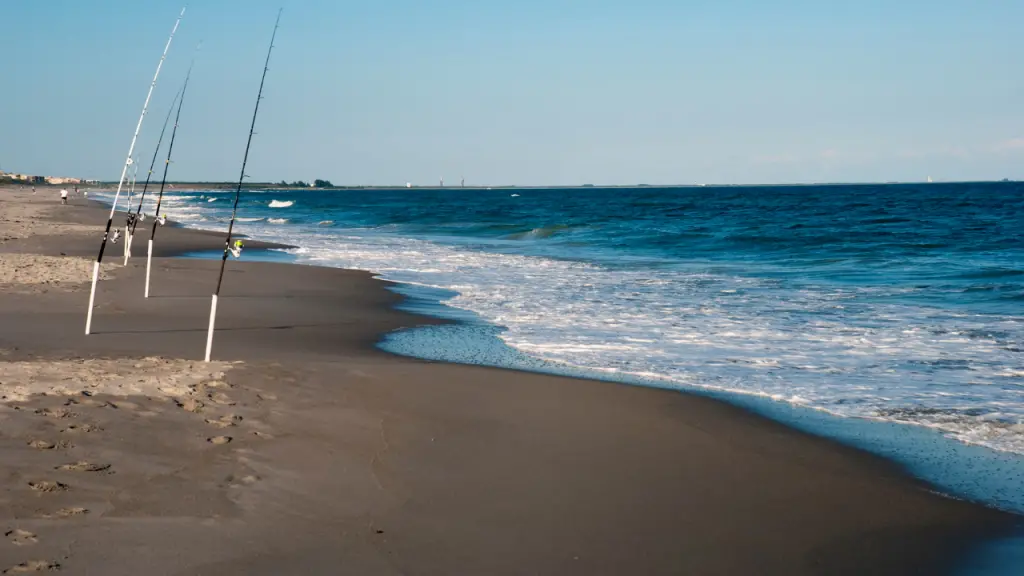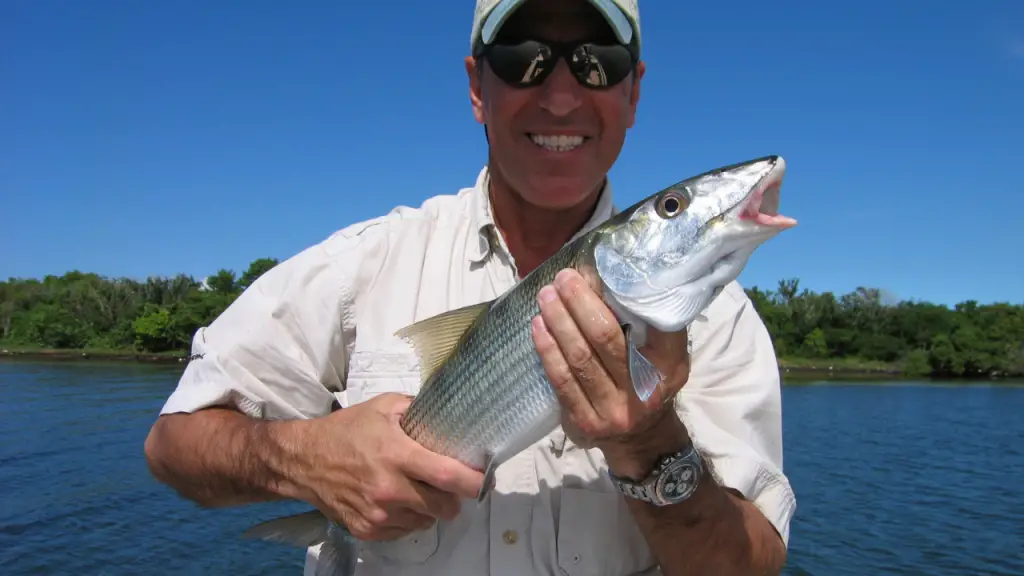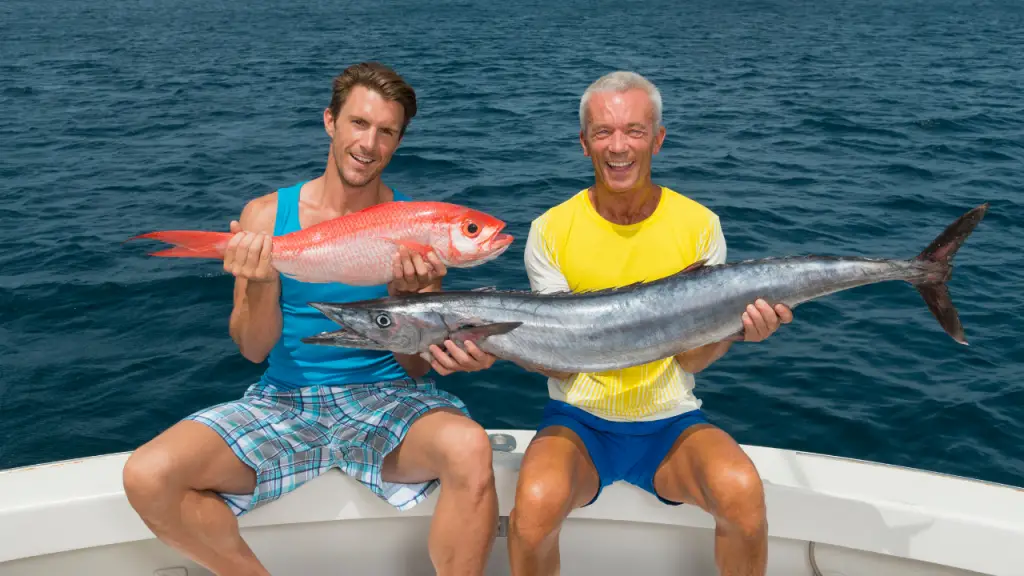
Saltwater fishing offers exciting opportunities and challenges for beginners. Our oceans and their tributaries provide many opportunities that are perfect for anyone looking to take their first steps into this wonderful world of fishing. When you cross over from being an observer, getting your hands wet will give you not only unforgettable memories but also connect back to our natural resources—it’s hard not to get hooked!
Saltwater fishing can often offer exciting new experiences at sea or on shorelines all around the country where there are plenty of opportunities abound: whether someone enjoys casting from the beach while the kids are building sandcastles; fishing from piers late at night, or 60 miles (ca. 97 km) offshore trolling during the wee hours of the morning.
In this post, we’ll go over some basic information including what gear you need for saltwater fishing, what kind of bait to use, and some rules and regulations that will help you enjoy your time out on the water!
Types of Saltwater Fishing
Surf Fishing

Surf fishing is one of the most accessible types of saltwater fishing because you don’t need to own or rent a boat to cast a line into the surf. You can simply cast from the shoreline without dipping your toes in the water or if you’re brave you can wade into the surf to cast.
Many are surprised to find the variety of fish that can be caught when surf fishing. Just because you are not miles offshore doesn’t mean that can’t have the chance to land species such as Flounder, Mackerel, or Red Drum.
I personally love fishing in the surf more than ever right now because it allows my two little girls to run around and have fun while I get to focus on fishing. Unlike being on the boat, it’s usually one or the other (2-year-olds don’t typically have the attention span to enjoy long days of casting from the boat)
Recommended Surf Fishing Gear
- Fishing License
- A rod between 10-15 long- The longer the rod is the greater casting opportunity. Certainly consider your physical ability when choosing a rod. If your a beast and have confidence you can launch your rig 100 yards then by all means the bigger the better. If your buying a rod for your 9 year old daughter-in-law then lean towards a 10 footer.
- A spinning reel between 5000-6000 (50-60). When it comes to reels for surf fishing, I believe the bigger the better. However, reels are expensive and a reel between 5000-6000 will give you the ability to catch just about an species available from the shore.
- Braided or Monofilament line with 20-25lb test.
- Sand Fleas is my recommended bait for surf fishing. They are the most common food for the fish you will be targeting and are super easy to round up a copious amount before you start fishing using a sand flea rake. Other good options are mullet, fiddler crabs, minnows, sardines, hermit crabs, cut pinfish.
Flats and Backwater Fishing

Flats and Backwater fishing takes place inshore in shallow areas from a skiff or flats boat with minimal draft. Fishing the flats offers an abundance of opportunities to catch hard fighting and exciting saltwater species. You don’t have to fish offshore to enjoy the thrill of reeling in a 100-pound tarpon.
It is important to scout the surrounding waters before you even bait your rod. When scouting and reading the surface of the flats with binoculars, you want to be looking for any kind of unusual pattern in the pattern or contrast in the water. Slowly trolling your way into the shallows from the edge is a great way to bird dog the waters around you and notice any opportunities.
Recommended Gear for Backwater Fishing
- Fishing License
- 5-7 ft. medium action rod with spinning reel
- 15 lb. test braided line
- About 2 ft. of 30 lb. fluoro leader
- A variety of hooks in the 1/0 to 3/0 range
- Gold Spoons and Soft Plastic Jigs
Deep Sea Fishing

Deep-Sea Fishing is the ultimate way to experience saltwater fishing. We recommend using local charter captains for your first few times offshore. Not only because the boats are more than capable, but also because of the real threat of danger that fishing offshore can bring along. Weather patterns can change in a heartbeat, and knowing how to anticipate weather changes and adapt according comes with years of experience.
Fishing offshore is not for the faint of heart but can lead to unforgettable memories and the catch of a lifetime.
Recommended Gear for Deep Sea Fishing
- Fishing License (almost always provided by charter captain)
- 5-8 ft. rods with 50-80 lb. test braided line with Mono leader
- A 50 lb. Conventional Reel
- At least 3/0 hooks for bait fishing
- Swivels
- 4 oz. sinkers or more
Rules and Regulations for Saltwater Fishing
Before you head out, familiarize yourself with local regulations and ordinances for saltwater fishing. Make you purchase a fishing license and be sure to carry your license because if not, the heavy fines will ruin your day! Seasons and daily limits restrict some areas and species. Public fishing piers generally just require a fee without a license, but that is not always the case so check out the where to fish map and click on the location you are headed to for more information.
Tide and Currents
One of the first things you’ll have to pay attention to when fishing is figuring out your location’s tidal currents and low/high tide times. The timing of tides can be the difference between catching a fish or not. Understand that as high tide approaches, fishing is at its peak and as low tide arrives, it becomes more difficult to catch anything until water levels rise again. If you are on open waters then try arriving about an hour before high tide for best results!
Marine Electronics
Using marine electronics when saltwater fishing can help you out immensely especially when you know how to use them properly. Devices such as fish finder’s, radar, autopilot, and trolling motors provide a huge advantage when it comes to catching more fish from a boat.
Fish Finder’s
The use of a fish finder can save angler hours or even days spent just trying to figure out where they should go. It also makes it easy for them to see what depth their fishing line is at and how much visibility there is in that area, as well as if any fish are hiding nearby. All this information will come through on an LCD screen via sound waves sent from sonar technology rather than by sight alone.
Radar
If you want to find birds while fishing, your radar is a very helpful tool. Many of the newer radars will have a pre-integrated setting, most often called “bird mode”. If your radar offers an automatic “bird mode” setting, it’s worth a try. The best radar set up to find birds from a long distance is the 6′ open array with 25kW. Some anglers have been able to tune and use modern solid-state radar to target birds, even using the new dome-style radar on smaller boats. Whether using your radar at night to find your way or to locate birds on the horizon during a fishing trip, your vessel’s radar is one of the most important tools on board.
Autopilot
After a long day of fishing offshore, the autopilot can help steer the vessel back to the marina with minimal effort from your crew. It may not seem important at first glance but after running for hours without rest it becomes imperative that you take some time off and this gives relief and saves fuel by steering in a straight path while avoiding inefficient movements.
Trolling Motors
With a trolling motor, anglers can control the boat’s movement to their advantage. They can slow down or speed up as necessary and present lures with ease by eliminating variables such as wind and current.
Wrapping Up
Saltwater fishing is one of the most exciting ways to get out on the water and enjoy some quality time with friends or family. The saltwater fishing basics we’ve covered in this blog post will hopefully help you get out on the water with a little more knowledge. If you need additional information about gear, bait or regulations, be sure to check our other Fishing Tips & Guides for helpful links and articles that can provide all of the answers you’re looking for!
Also, check out our find fishing spots map where we provide access points all over the country so you can start planning your adventure now! Happy Fishing!










